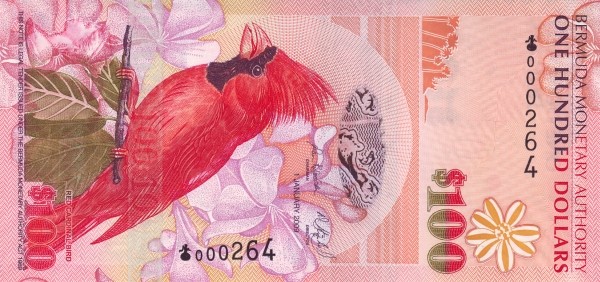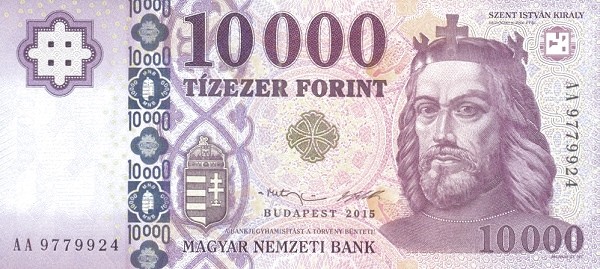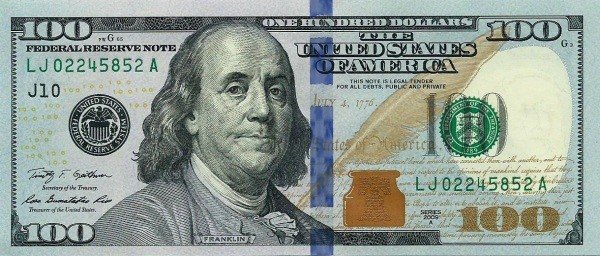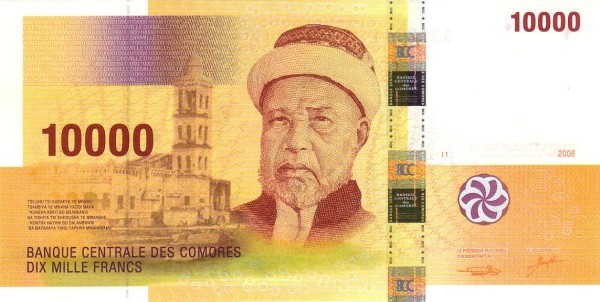Australia's central bank raises rates to 12-year high, tempers hawkish stance
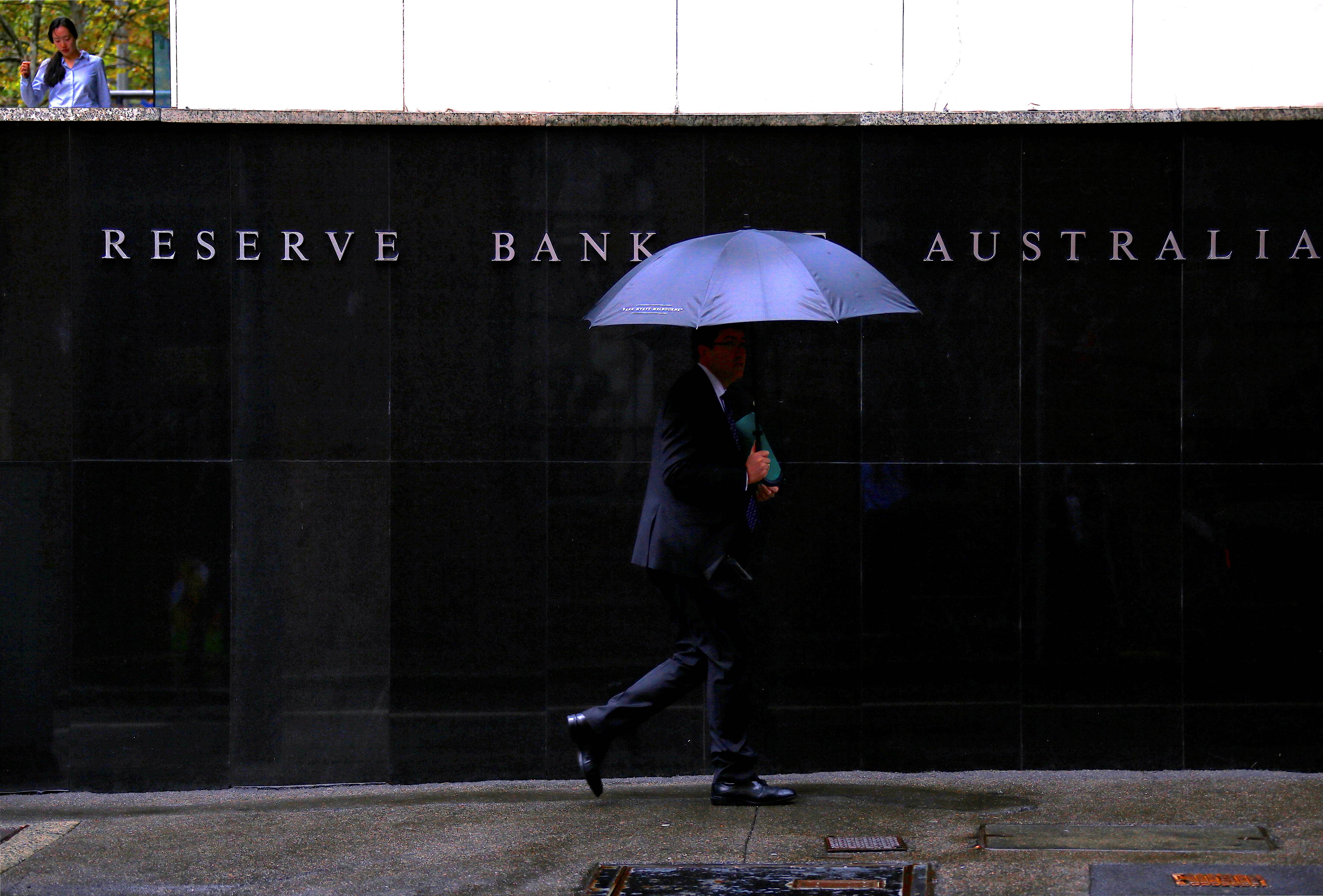
Pedestrians walk past the Reserve Bank of Australia building in central Sydney, Australia, March 7, 2017. REUTERS/David Gray/File Photo Acquire Licensing Rights
SYDNEY, Nov 7 (Reuters) - Australia's central bank raised interest rates to a 12-year high on Tuesday, ending four months of steady policy, but left it open on whether even more tightening would be needed to bring inflation to heel.
Wrapping up its November policy meeting, the Reserve Bank of Australia (RBA) raised its cash rate by 25 basis points to 4.35%, saying recent data suggested there was a risk inflation would remain higher for longer.
"Whether further tightening of monetary policy is required to ensure that inflation returns to target in a reasonable timeframe will depend upon the data and the evolving assessment of risks," RBA Governor Michele Bullock said in a statement.
This was a step back from the October decision which stated that some further tightening "may be required", and was taken by markets as a sign this might be the last hike of the cycle.
As a result, the local dollar slid 0.8% to $0.6435 and bond futures rallied as investors lengthened the odds on a further rise in December.
"It was a dovish hike...it's not pointing to any immediate need for a follow-up," said Rob Thompson, rates strategist at RBC Capital Markets.
"You'd think they'd have opened the door to a bit more than this, but they are just trying to do as little as possible. The hurdle to hike is high."
Markets had favoured a move this week given policy makers had warned they had little tolerance for inflation which had surprised on the high side in the third quarter.
INFLATION PROVES STUBBORN
This was Bullock's first rate change since taking over as governor in September, and could go some way to burnish her inflation-fighting credentials.
Economic growth has already slowed to a two-year low of 2.1% and the RBA sees it approaching 1% in 2024 as the full impact of higher rates bites.
Rates have now risen by 425 basis points since May last year, adding thousands of dollars to average mortgage repayments in easily the most aggressive cycle on record for the RBA.
A hike had seemed possible since consumer price inflation topped forecasts in the third quarter to run at 5.4%, well above the RBA's long term target range of 2-3%.
Bullock noted the central bank's own forecasts for CPI had been lifted to 3.5% by the end of 2024, from 3.3%, while inflation would only reach the top of the target band by the end of 2025.
The hike puts the RBA in the odd position of being one of the very few developed world central banks still tightening, with markets convinced rates in the United States, Canada and Europe have peaked. https://tmsnrt.rs/3sekmNj
The RBA Board had been prepared to tolerate a somewhat slower decline in inflation in order to keep Australia at full employment, an economic feat not achieved since the 1950s.
Their patience ran out as inflation proved stickier than hoped in the service sector, while house prices rebounded to record highs and unemployment stayed historically low at 3.6%.
Reporting by Wayne Cole Editing by Shri Navaratnam
Our Standards: The Thomson Reuters Trust Principles.
Bermudian Dollar
Bermudian Dollar2009BMD1002009BMD102009BMD202009BMD22009BMD502009BMD5
Hungarian Forint
Hungarian Forint2015HUF100002018HUF10002017HUF200002016HUF20002017HUF50002018HUF500
US Dollar
The US Dollar is the currency of the United States of America and several other countries and territories. It is also the most widely used currency in international trade and finance, and the main reserve currency of the world. Here is a brief introduction of the US Dollar:The US Dollar was
Comorian Franc
The Comorian Franc is the official currency of the Comoros, a small island nation located in the Indian Ocean. It was introduced in 1981 to replace the French Franc, which had been in use since the country's colonial period. The currency is issued by the Central Bank of the Comoros and is available in both paper and coin form. The exchange rate of the Comorian Franc is determined by market forces and is subject to fluctuations. While the currency has faced some challenges in the past, such





